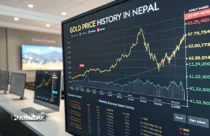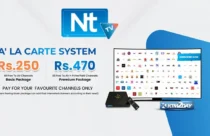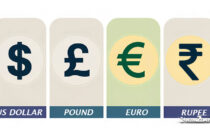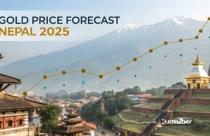Petrol Diesel Price in Nepal – 2025
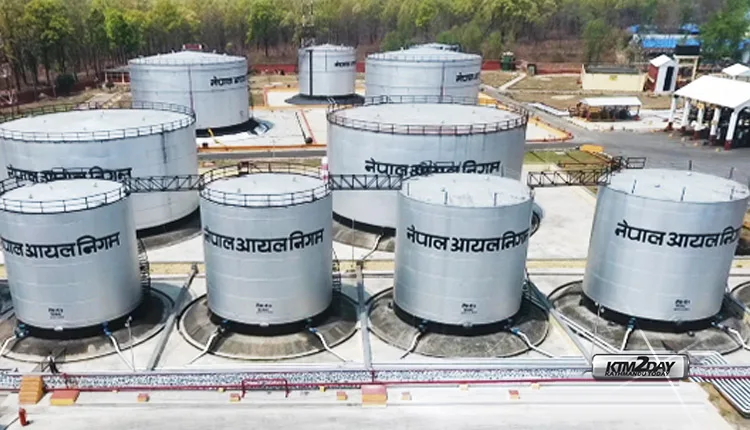

Petrol Diesel Price in Nepal 2025
KATHMANDU, NEPAL – August 15, 2025 – Consumers in Nepal are facing higher fuel costs as new prices for petrol and diesel came into effect from 1:00 AM on Tuesday. Nepal Oil Corporation (NOC) announced the revisions via a press statement, detailing a NPR 7.64 per liter increase for petrol and a NPR 9.13 per liter increase for diesel and kerosene.
But the corporation has decided not to increase more than Rs 5 on petrol , Rs 4 on diesel and kerosene and Rs 7 on aviation fuel for the benefit of it’s consumers.
These adjustments by the state-owned oil monopoly are a direct consequence of the latest price list received from the Indian Oil Corporation (IOC), from whom Nepal procures all its refined petroleum products.
The consistent upward trend in international crude oil prices, which directly influences IOC’s pricing, has been a significant factor in domestic fuel price fluctuations in Nepal. As Nepal does not refine its own crude oil, it remains heavily dependent on imports, making its domestic fuel market highly susceptible to global market dynamics.
Differentiated Pricing Across Regions
NOC has implemented a tiered pricing structure across the country, dividing regions into three categories to reflect varying transportation costs and logistical challenges.
Updated Fuel Prices by Region
Fuel & Gas Prices in Nepal
Retail selling prices as per Nepal Oil Corporation (NOC).
Prices are updated bi-monthly.
Regional Prices
| Region / Depot(s) | Petrol (NPR/Ltr) | Diesel / Kerosene (NPR/Ltr) |
|---|---|---|
|
Charali, Biratnagar, Mahendranagar (Dhanusa), Birgunj, Amlekhganj, Bhalwari, Nepalgunj, Dhangadhi | 158.50 | 142.50 |
| Surkhet, Dang | 160.00 | 144.00 |
| Kathmandu, Pokhara, Dipayal | 161.00 | 145.00 |
Aviation & Gas Prices
| Fuel Type | Price |
|---|---|
| Aviation Fuel | 127.00 (NPR/Ltr)* |
| Aviation Fuel (Duty Free) | 966.00 (USD/KL) |
| LP Gas | 1910.00 (NPR/Cyl) |
*Price is NPR 125.00/Ltr in Kathmandu.
Understanding the Pricing Mechanism
Nepal Oil Corporation does not directly purchase crude oil from the international market. Instead, it buys all its refined petroleum products from Indian Oil Corporation. IOC, in turn, provides a revised price list to NOC every fortnight, typically on the 1st and 16th of each month.
The prices sent by IOC are based on its own procurement costs of crude oil from the international market, along with its refining charges and other overhead expenses. Once NOC receives this base price from IOC, it then adds various domestic costs and levies to determine the final consumer price. These include:
- Customs Duties and Taxes: Levies imposed by the Nepalese government on imported petroleum products.
- Administrative Expenses: NOC’s operational costs.
- Transportation Costs: Expenses incurred for transporting fuel from the Indian border depots to various distribution points across Nepal.
- Dealer Commissions: The margin provided to fuel station owners.
This multi-layered process means that the final price consumers pay for petrol, diesel, kerosene, and even Liquefied Petroleum Gas (LPG) for cooking is primarily dictated by the international crude oil prices that IOC faces.
Economic Implications and Outlook
The latest fuel price hike is expected to have a cascading effect on the Nepalese economy. Increased transportation costs for goods and services will likely translate into higher prices for daily necessities, contributing to inflationary pressures across various sectors. For consumers, this means a direct impact on household budgets, especially for those reliant on private vehicles or public transport.
Nepal Oil Corporation frequently navigates a challenging financial landscape. Despite periodic price adjustments, the corporation often operates on thin margins or even at a loss, particularly when international prices surge significantly and the government attempts to cushion consumers from the full impact through subsidies or delayed price increases. This delicate balancing act between market realities and public affordability remains a persistent challenge for NOC and the Nepalese government.
As global oil markets continue to experience volatility, such price adjustments are likely to remain a regular feature of Nepal’s energy sector, underscoring the nation’s ongoing quest for greater energy independence and stability.
बिदा तथा पर्वहरु
२ गतेः काग तिहार, ३ गतेः लक्ष्मी पूजा, ४ गतेः तिहार औंसी, ५ गतेः गोवर्धन पूजा, म्हः पूजा / नेपाल संवत प्रारम्भ, ६ गतेः भाइटीका (किजापूजा), ७ गतेः तिहार बिदा, १० गतेः छठ पर्व, २५ गतेः फाल्गुनन्द जयन्ती (किराँत धर्मावलम्बीलाई बिदा)
ALSO READ :
- Latest Bikes Price : Honda, Yamaha, TVS , Royal Enfield, Benelli
- Latest Electric Scooters Price in Nepal
- Scooters Price in Nepal
- New Year 2082 Offer on Bikes/Scooters
- Maruti Suzuki Cars Price in Nepal
- Cheapest Cars In Nepal 2025 | Under 30 Lakhs
- Tata Cars Price In Nepal
- Mobile Phones Price in Nepal
- Laptop Prices In Nepal
- Miku Electric Bikes Price in Nepal
- Fruits & Vegetable Market
- Gold Silver Price in Nepal



